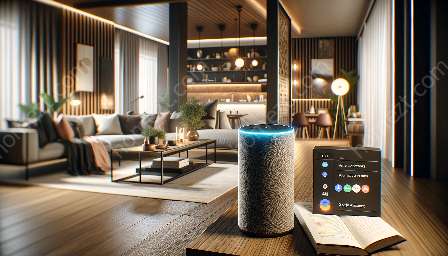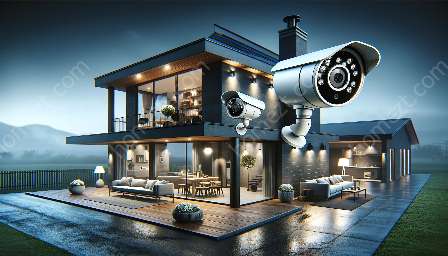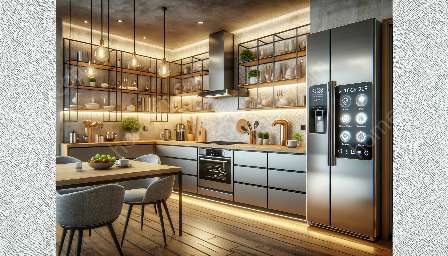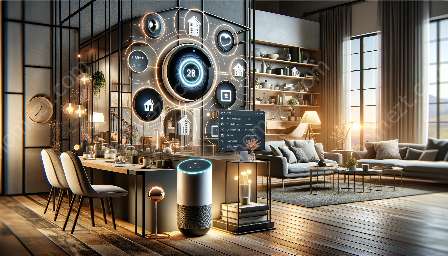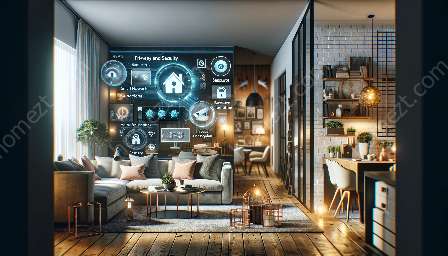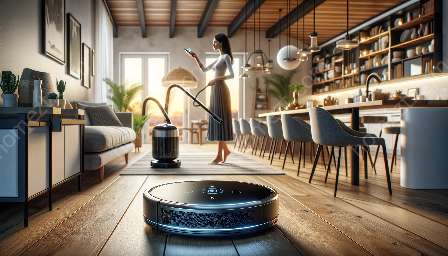In the current era of smart homes, the integration of home assistants with smartphones and tablets has revolutionized the way we interact with and control our living spaces. This article aims to explore the comprehensive integration capabilities of home assistants, such as Home Assistant, with smartphones and tablets, creating a seamless and interconnected ecosystem for modern homes.
What is Home Assistant?
Home Assistant is an open-source home automation platform that allows users to control, monitor, and automate various devices and services within their homes. It serves as the central hub for managing smart home devices, including lighting, thermostats, security cameras, and more. With its flexible and extensible architecture, Home Assistant supports integration with a wide range of devices and platforms, offering users the freedom to customize their smart home setup according to their preferences.
Benefits of Integrating Home Assistant with Smartphones and Tablets
Integrating Home Assistant with smartphones and tablets brings numerous benefits, enhancing the convenience, accessibility, and overall control of the smart home environment. Some key benefits include:
- Remote Access: Users can remotely access and manage their home automation system from anywhere using their smartphones or tablets, providing flexibility and peace of mind.
- Interactive Control: Smartphones and tablets serve as intuitive interfaces, enabling users to interact with and control various smart devices seamlessly through user-friendly apps.
- Automation on the Go: With the integration, users can configure and adjust automation routines, such as scheduling lights, adjusting thermostats, and arming security systems, directly from their mobile devices.
- Seamless Integration: The integration ensures that all smart devices and services are seamlessly connected and synchronized across different platforms, creating a unified and harmonious smart home ecosystem.
- Enhanced User Experience: The integration enhances the overall user experience, providing a cohesive and interconnected environment for managing smart home devices efficiently.
Integration with iOS and Android Devices
Home Assistant offers robust compatibility with both iOS and Android devices, allowing users to harness the full potential of their smartphones and tablets for controlling and monitoring their smart homes.
iOS Integration:
For iOS devices, Home Assistant offers integration through dedicated apps available on the App Store, providing a seamless and tailored experience for iPhone and iPad users. The app enables users to access their smart home devices, create automation scenarios, and receive notifications for events or triggers, all from their iOS devices.
Android Integration:
Android users can also leverage the power of Home Assistant through the official companion app available on the Google Play Store. This app empowers users to manage their smart home environment, customize their dashboards, and control devices with ease, leveraging the flexibility and openness of the Android platform.
Additional Integration Possibilities
Besides smartphones and tablets, the integration of Home Assistant extends to a multitude of other devices and services, enriching the smart home experience further. Some additional integration possibilities include:
- Voice Assistants: Home Assistant seamlessly integrates with popular voice assistants like Amazon Alexa and Google Assistant, allowing users to control their smart devices using voice commands from their smartphones or dedicated smart speakers.
- Wearable Devices: Users can connect wearable devices, such as smartwatches, to Home Assistant, enabling them to monitor and control their smart home environment directly from their wrists.
- Computers and Laptops: The integration extends to computers and laptops, enabling users to access and manage their smart homes from their desktop or laptop devices through web browsers or dedicated applications.
- Entertainment Systems: Home Assistant integrates seamlessly with entertainment and media devices, enabling users to create cohesive automation routines for audio, video, and streaming services, enhancing the home entertainment experience.
By embracing comprehensive integration, users can create a unified and interconnected smart home environment that leverages the full potential of smartphones, tablets, and a diverse range of devices, bringing greater convenience, comfort, and control to modern living spaces.

